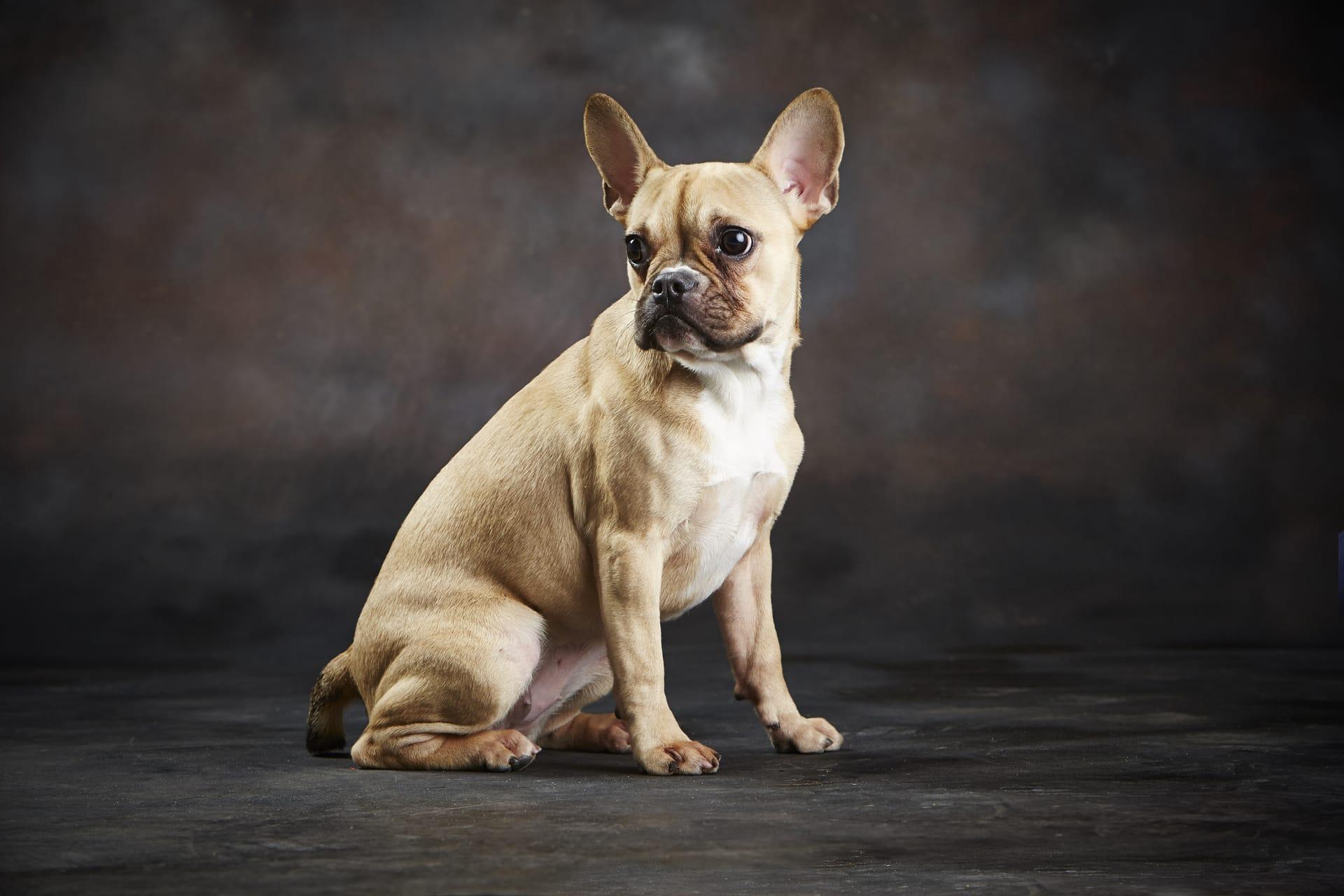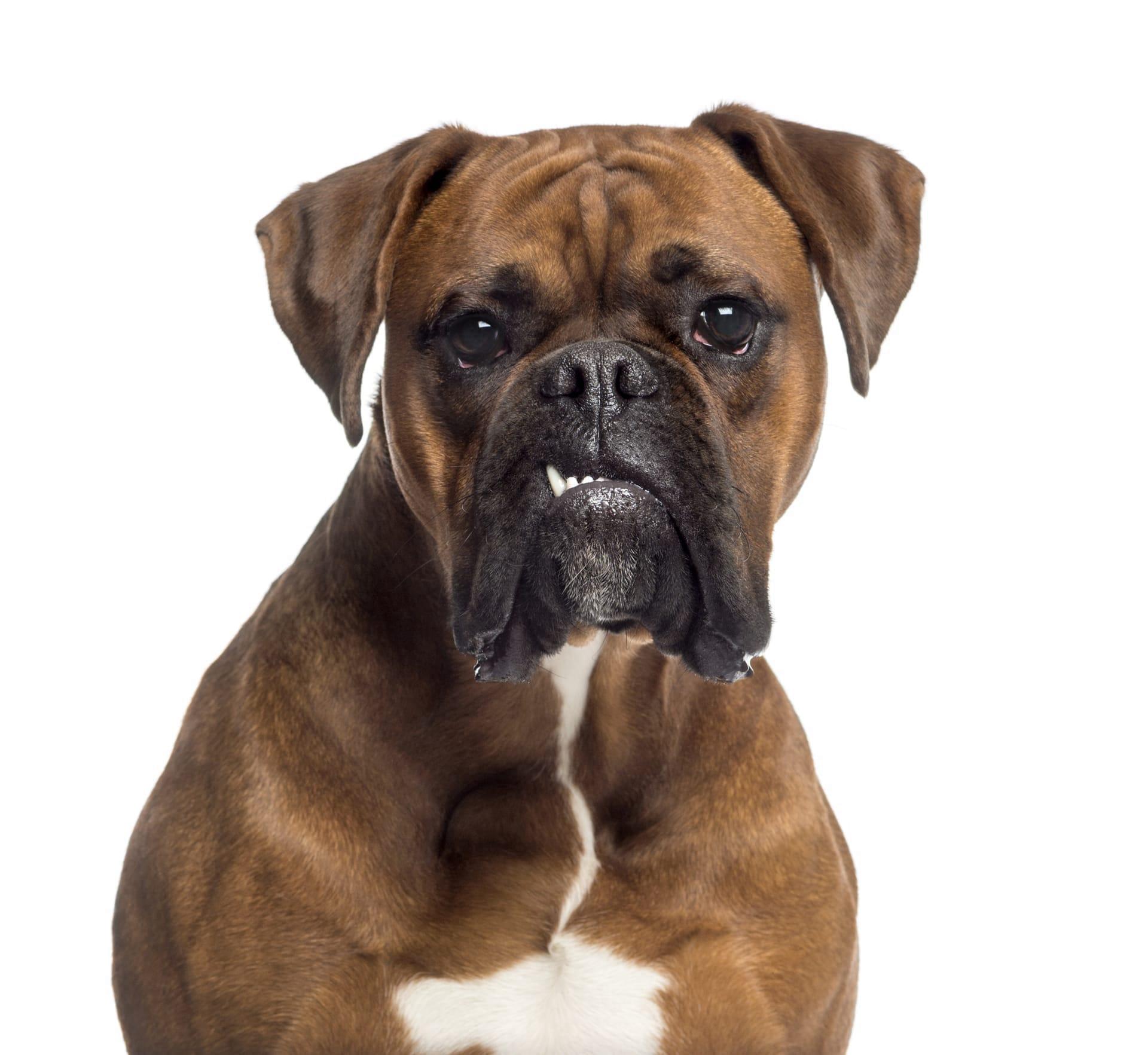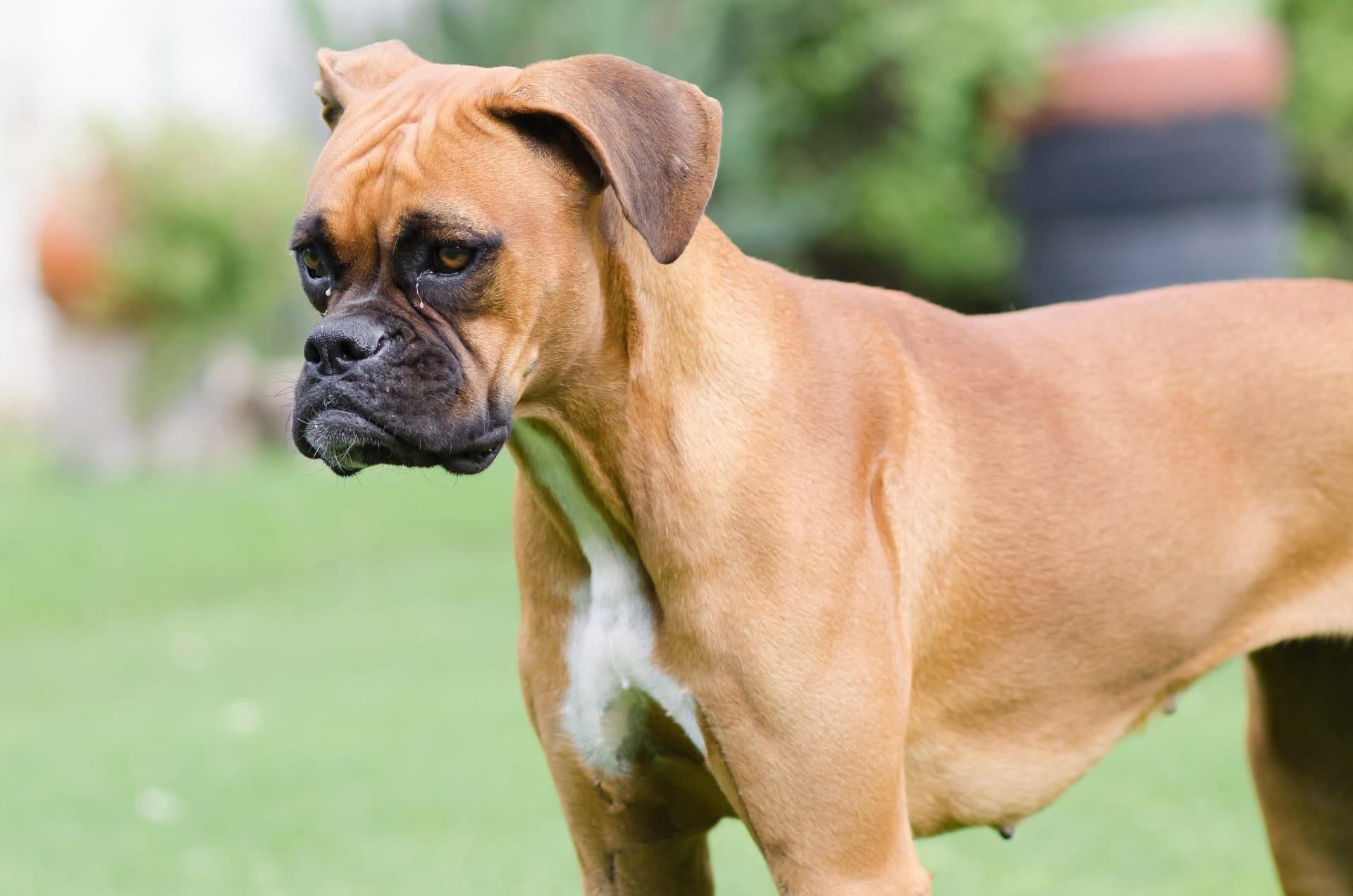Boxer Trivia
- Home /
- Trivia Question /
- Animal /
- Boxer Trivia
1
Question: What are the distinctive physical features of a Boxer dog?
Answer: Boxers are medium to large dogs, known for their muscular build and short, shiny coat. Typically, they stand between 21 to 25 inches tall at the shoulder and weigh between 55 to 70 pounds. Their head is one of their most distinctive features, with a broad, short skull, square muzzle, and a strong jaw. Boxers often have a brindle or fawn coat with white markings, and their expressive, dark brown eyes are hard to miss. Not to forget, they have a short, tightly tucked tail and a natural, playful bounce in their step.
Question: How long do Boxer dogs usually live, and what are common health concerns?
Answer: Boxers have a lifespan of about 10 to 12 years. They are generally healthy, but like many breeds, they're prone to certain health conditions. The most common concerns include heart conditions like aortic stenosis and boxer cardiomyopathy, as well as hip dysplasia. Boxers can also be prone to certain cancers, including lymphoma and mast cell tumors. Regular vet check-ups and a healthy lifestyle are key to managing these risks.

2
Question: Is it true that Boxers are aggressive dogs?
Answer: This is a common misconception. Boxers are actually very friendly and playful. They are known for their high energy and playful demeanor, making them great family pets. However, they are also protective of their families, which can sometimes be misinterpreted as aggression. Proper training and socialization from a young age are essential to ensure they're well-behaved.
Question: Do Boxers drool a lot?
Answer: Yes, Boxers tend to drool more than some other breeds, especially after eating or drinking, or when they're excited. Their drooling is due to the shape of their mouth and lips. It's a natural characteristic of the breed, so having a towel handy for a quick wipe-down is a good idea for Boxer owners.

3
Question: What's the origin of the Boxer breed?
Answer: Boxers originated in Germany in the late 19th century, developed from the now extinct Bullenbeisser, a type of mastiff, and the Bulldog. Initially bred for bull-baiting and as a working dog, Boxers were later trained as police dogs, war dogs in both World Wars, and eventually became popular family companions.
Question: How much exercise does a Boxer dog need?
Answer: Boxers are high-energy dogs and require plenty of exercises. Ideally, they should get at least an hour of physical activity daily. This can include brisk walks, playtime in a fenced yard, or agility training. Mental stimulation is also important, so interactive games and training sessions are recommended to keep their minds sharp.

4
Question: Are Boxers easy to train?
Answer: Yes, Boxers are intelligent and eager to please, which makes them relatively easy to train. They respond best to positive reinforcement techniques like treats and praise. Consistency and patience are key, as Boxers can be a bit stubborn. Early socialization and obedience training are crucial for raising a well-behaved Boxer.
Question: Do Boxers get along with other pets?
Answer: Generally, yes. Boxers are known for their playful and sociable nature. They usually get along well with other dogs and pets, especially if raised with them. However, their high energy and playfulness might be overwhelming for some pets, so proper introductions and supervision are important.

5
Question: What kind of grooming do Boxers require?
Answer: Boxers have short, smooth coats that are relatively low-maintenance. They need regular brushing, about once a week, to remove loose hair and keep their coat shiny. They don’t need frequent baths, but regular ear cleaning, nail trimming, and dental care are important for their overall health.
Question: Are Boxers good with children?
Answer: Absolutely! Boxers are known for their affectionate nature and love of play, making them excellent companions for children. They are protective and patient, often forming strong bonds with kids. However, due to their size and energy, supervision is recommended, especially with younger children, to ensure playtime remains safe and enjoyable.